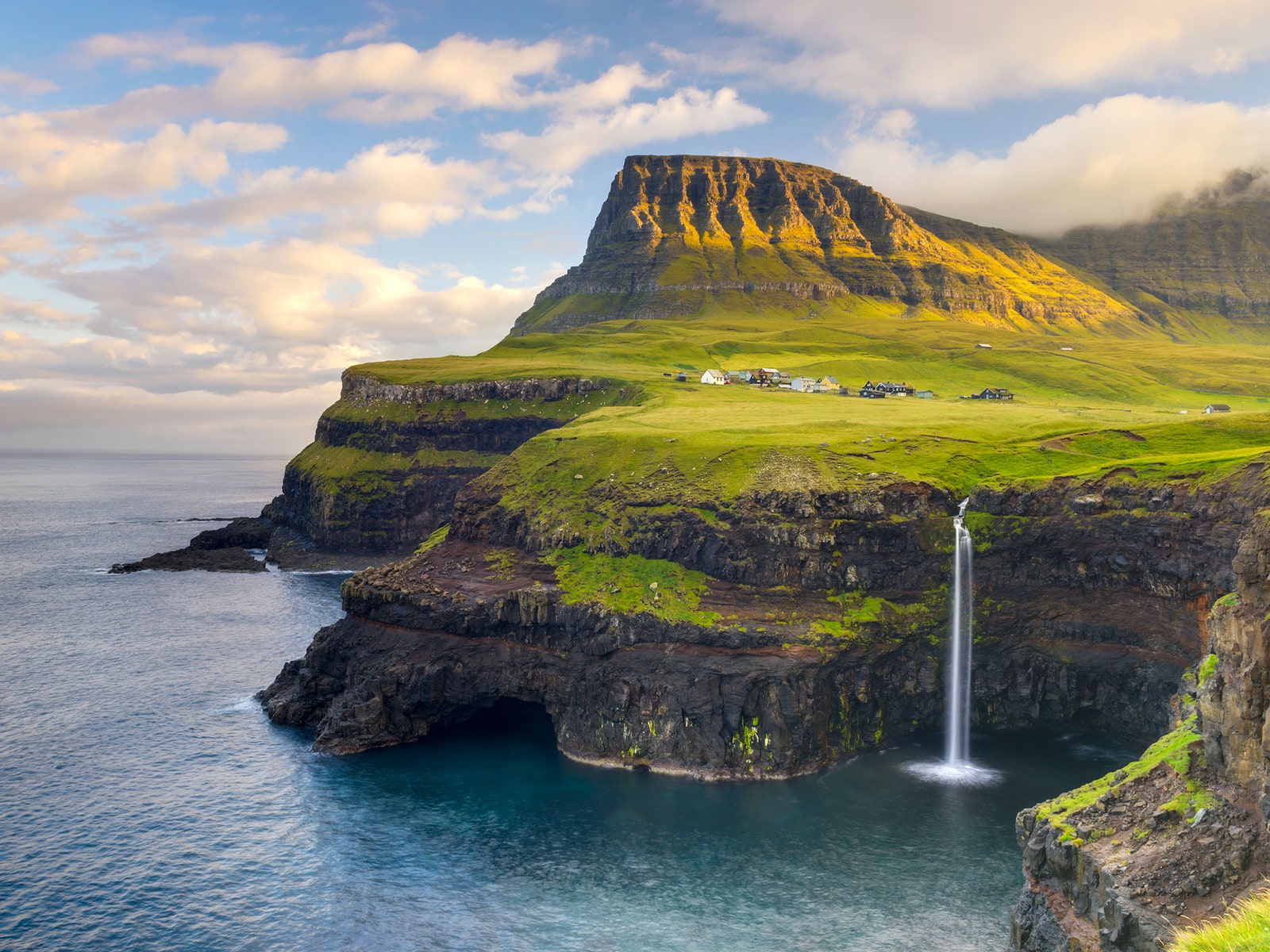
Travel /
Regeneration: the act of improving a place or system, especially by making it more active or successful. Perhaps the biggest plus to come out of the Covid-19 catastrophe is the upward curve being seen in global environmental awareness – often, when there’s devastation, ground-breaking changes are shaped.
In an exciting development, everywhere you look at the moment, you’ll find people talking about and pioneering the idea of regenerative travel – which, ultimately, is a pretty brilliant start to 2021. This week, Visit Scotland became the first national tourism board to declare climate emergency and to outwardly focus on commitments to promote regeneration. Turn elsewhere and you’ll see that the Global Wellness Summit placed regenerative travel within its top wellness trends forecast, declaring it as a concept of ‘leaving a place better off than you found it.’
But what does it really mean? The term was debuted in 2020 by Elaine Glusac, a New York Times journalist who wrote: ‘Tourism, which grew faster than the global gross domestic product for the past nine years, has been decimated by the pandemic […] If sustainable tourism, which aims to counterbalance the social and environmental impacts associated with travel, was the aspirational outer limit of ecotourism before the pandemic, the new frontier is “regenerative travel,” or leaving a place better than you found it.’

Regenerative travel goes further than blatant eco-credentials and focuses on community, education, wellbeing of locals, as well as conserving the environment. It’s not enough anymore to simply count a token effort of sustainability activity. You must challenge things, take it further and really look to making places better and maintaining them for future generations. Just like regenerative agriculture gets to the very core of the soil, regenerative travel has to dig deep. As travellers on the move post-pandemic, we must aim to give as much, or more, than we are taking.
Of course, sustainable travel is about carbon footprints, ecosystems and nature too, but for real regeneration, there needs to be a focus on communities, real people and the direct economic benefits of tourism too. Essentially, we have to see that we’ve moved into the long game – no short-term fixes or saying but not doing anymore. As Sam Edwards, Skyscanner’s Sustainability Lead said, we have to ensure that ‘local communities enjoy the direct economic benefits tourism can bring to where they live. This means building awareness, educating, investing in technology and offering consumer choice. It’s about promoting intelligent tourism growth and looking at both over-tourism and under-tourism, too.’
We seem programmed to believe that more money in business equates to unethical actions and progression – but what if we changed that? Flip on its head the idea that more money, more success and more business in the travel sphere means that greed succeeds and harm is caused. Instead, we can use it to create opportunities for people, places and environments. Luxury sustainable projects such as The Red Sea Development place improving the sociological and environmental conditions of the host country at the very heart of their actions – these are the exciting developments to look forward to post-pandemic.

Aiming to set new standards in sustainable development, the regeneration project encompasses an archipelago of more than 90 pristine islands, miles of desert and dramatic mountain landscapes, and is creating opportunities for local communities. Cutting-edge technology will help to effectively limit over-tourism and preserve the environment. In particular, the Red Sea Project will mitigate carbon dioxide emissions, waste production, and light and noise pollution, maintaining the destination at a level equivalent to a Marine Protected Area.
The Future of Tourism, too, is a coalition of six non-governmental organizations that have come together to stand united in an appeal for change. They can see the requirement for a fundamental shift in how tourism works, to meet the needs of destination communities and their environments, and are actively campaigning to pioneer this shift. A large part of their work is to show that tourism, by its nature, involves the destination as a whole – its ecosystems, natural resources, cultural assets and traditions, communities, aesthetics, and built infrastructure. While people are using their time grounded due to Covid-19 to think about the future, they’reeir asking everyone to come together to support their global community and guiding principles.
But, aside from supporting and signing along with platforms such as the above, at its simplest, what can we do?
1 – Use reputable and forward thinking booking platforms such as Regenerative Travel. It showcases sustainable, visionary destinations and makes it easy and accessible for those who love to actively make a positive change in the world do so.
2 – Deliberately pick hotels and resorts that are holistically prioritising existing communities, playing a vital role in bettering wellbeing for locals and reducing their environmental impact.
3 – Avoid places suffering from over-tourism – actively seek out destinations that are less frequented.
4 – Continued community support – explore how your regenerative travel practices can continue once your holiday is over.
5 – Think about where you spend your money. Travelling means you will have costs, so look to who you can truly benefit with this money – shop local and create mindful connections with local communities.
Consider regenerative travel is to be the focus of the next few years (and, hopefully, long into the distant future), what does this mean to you? If you want to contemplate your next ethically thought through movements and get excited for plans in the future, take a look at these places doing more than just their bit for the community, the planet and the wider world. Let’s work together to make this more than just a post-pandemic trend.
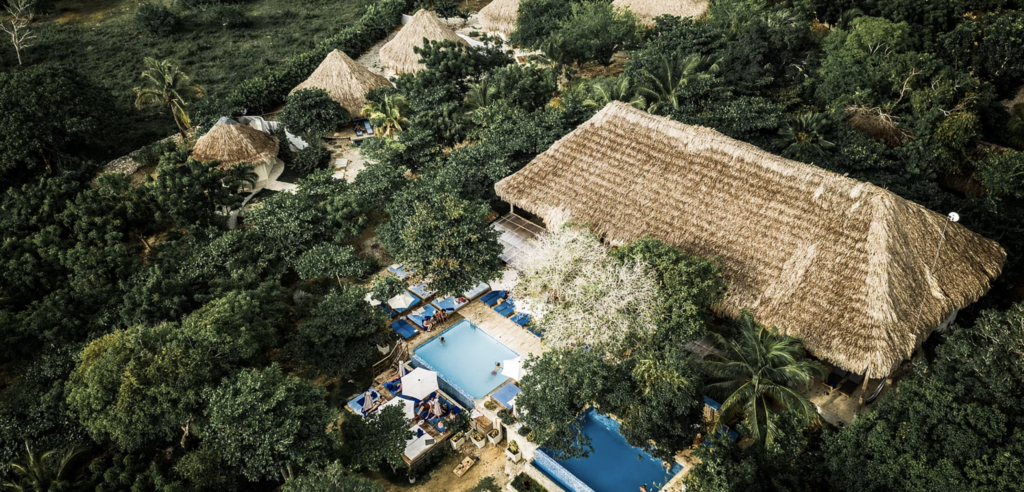
Portia Hart, who saw it as her role to improve the travel industry, founded Blue Apple Beach, this exclusive beach club and hotel in Cartagena. For her, ‘if sustainability is about doing no harm, the concept of regeneration is to actively try to improve the world around us, not just environmentally, but socially too.’ She’s a member of Regenerative Travel and a mentor for the Conscious Travel Foundation.
Playa Viva was one of Regenerative Travel’s founding hotels, and is a place that really allows you to experience the bounty of the local ecosystem while helping it to thrive as well.
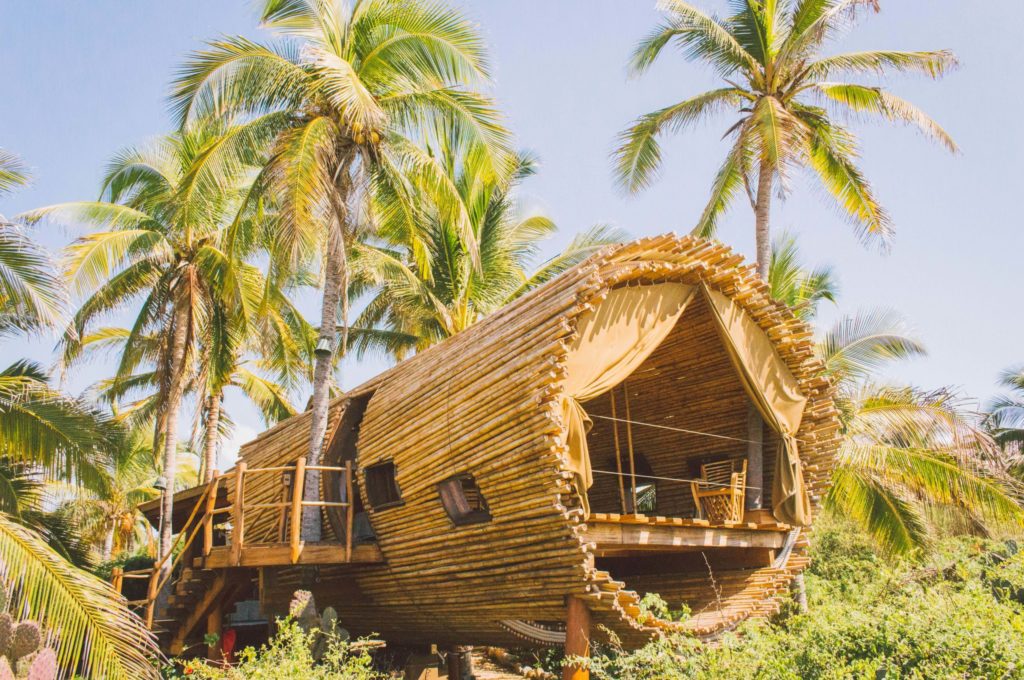
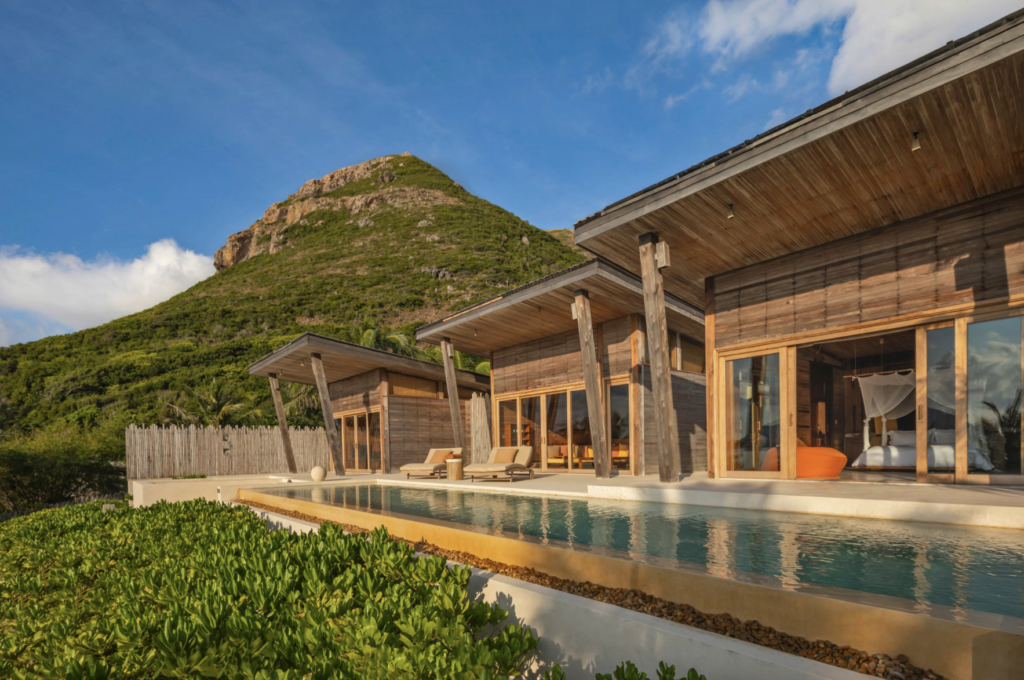
The pioneering brand has recently been recognised for its efforts toward sustainability and regenerative travel. Six Senses Con Dao has been noted as one of the world’s top eco-resorts and invites guests to share the responsibility to offset carbon footprint, while still experiencing the total indulgence of ‘sustainable luxury’.
As Rwanda recently won the Best in Conservation category in the Lonely Planet sustainability awards, look to organisations such as Mahlatini for regenerative travel experiences there.
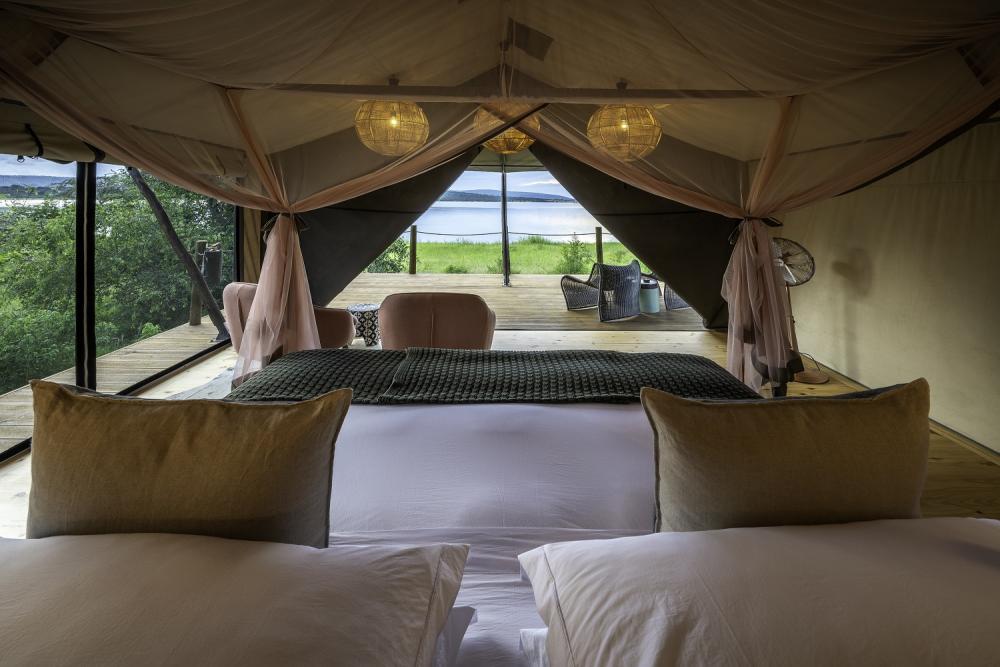
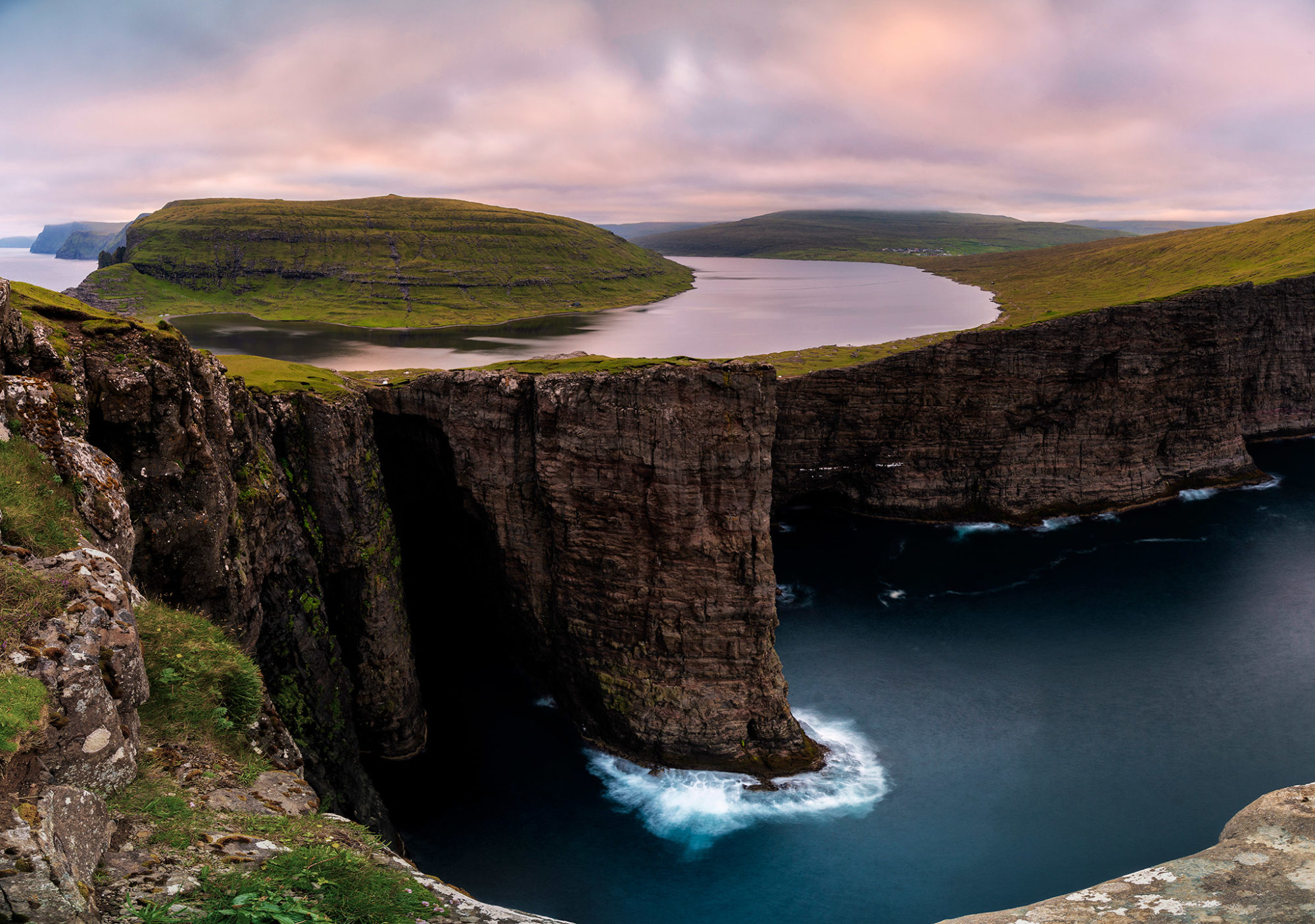
According to Lonely Planet and Forbes, the Faroe Islands are a close-knit community who specialise in providing personable, home-hospitality tourism and invite so-called voluntourists to help preserve the natural landscape.